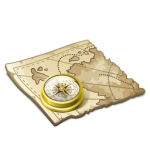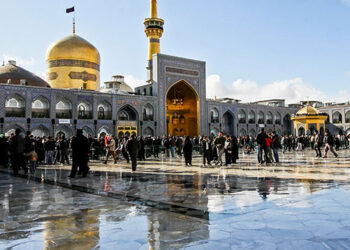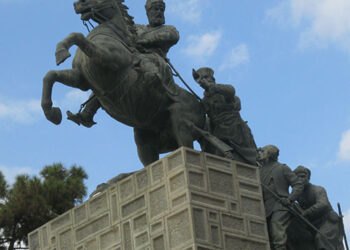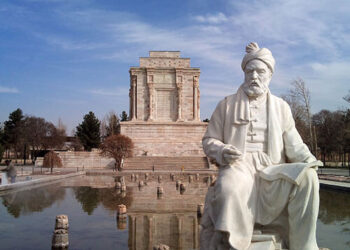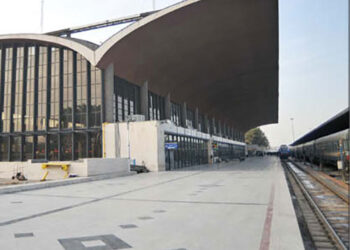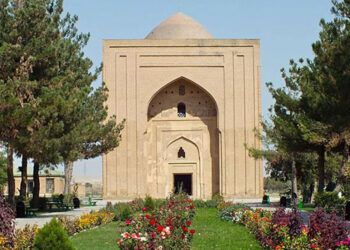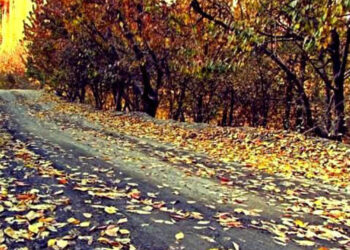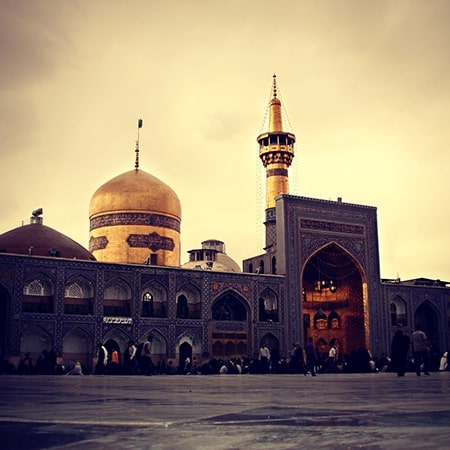
Mashhad

Mashhad, often referred to as “Holy Mashhad” is home to one of the holiest pilgrim sites for Shia Muslims. The city, which draws millions of tourists every year, is a shopper’s paradise. Blessed with a rich heritage and old world charm, Mashhad holds the promise of a unique travel experience.Mashhad, capital of Iran’s Khorasan Province and Iran’s second largest city, is known for the shrine of Imam Reza (A.S), the Eighth Imam of the Shia Muslims who follow Twelve Imams. Mashhad literally means “burial place of the martyr.” The city started out as Sanabad, a stop-over for trade caravans traveling to and from Turkmenistan. It was only after the martyrdom of Imam Reza (A.S) at Tus in 818 and the construction of his shrine here that the city became a pilgrim site. The ruined city of Tus lies about 23 km from Mashhad.
The city of Mashhad has been built around the shrine of Imam Reza (A.S). The holy areas in and around the holy shrine are known as Bast. The Bast forms a perfect circle and there is one circular road around it and four roads between the Bast and the rest of the city. The layout of the city is unique as these four roads point to the compass points in the north east, north west, south east and south west directions.
History

History of the city of Mashhad begins step by step from the Safavid period and its regional history has previously been affiliated with the provinces of Tus and Neyshabur and in particular with the shrine of Imam Reza. The Kashafrud River, located in Mashhad, is due to natural conditions, Before Islam, it is considered as one of the most important areas for housing in Khorasan. This area was at the beginning of the settlement of the Aryan tribes. Near the current city of Mashhad there was a city called Tus. Tus is the catchment area of the riverside and has been discovered and blessed with it, many settlements have been created in the area of the Tus plain; and probably backed by the same villages, which were the origin of important events and events. In Iran’s myths, the main building of the city of Tus is attributed to Jamshid and its renewal to Tus, champion and generalissimo of Iran. Tus during the caliphate of Othman was completely conquered by Arabs. In the Islamic period, the area was part of the Tus province to the center of Tabaran, which includes the villages of Sanabad and Noghan, which are part of the current Mashhad. During the rule of Haroun Abbasi, Hamid bin Qhtabba Tayi was the governor of Khorasan, who had a palace in a garden located 1.5 km from Sanabad. In the spring of 193 AH, Haroun, who was sent to Samarkand to repress the rebellion, became sick in Noghan and buried him in that garden, according to his will. A few years later, during the caliphate of Mamoun, in 202 AH, Imam Reza, who was leaving Baghdad after a year in Marv, was poisoned at Amir Sinabad’s house and buried his body near the tomb of Haroun. Since then, that point of Mashhad-e-Reza, meaning “the place of martyr Reza”, was briefly called Mashhad. After the Mongol invasion, the people of the destroyed city tus, migrated to Mashhad and developed the city. Mashhad was selected as the capital of Iran during the rule of Nadir Shah Afshar.

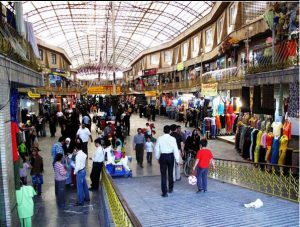
The language of the people of Mashhad is Farsi in Mashhad dialect. This accent is full of ancient and Persian words. Mashhad’s accent is one of the most important and influential Persian accents and is originally the origin of the famous literary poets such as Ferdowsi, Attar and Khayyam. This accent is considered a branch of Persian Dari, and many of the missing vocabulary of this language can be searched in the folksy tales of Mashhad’s.
Most people in Mashhad, Moslems and are twelve Shiite Imams. This issue has been exacerbated by the presence of the shrine of Ali ibn Musa al-Reza in this city. However, there are other religious minorities in Mashhad either. In Mashhad, there is a place called “New Neighborhood” that was the Jewish Residential Complex in Mashhad. The Jewish minority of Mashhad moved to the streets of Janat and Jam (current pasdaran) with the development of Mashhad, and some also migrated to Israel. Armenian immigrants reside in the cities of Quchan, Mashhad, Neyshabur, Shiravan, Sabzevar, Bojnurd and Dargaz.
Geographies

City of Mashhad, Khorasan Razavi province, with a total area of 204 square kilometers, in northeastern Iran and 59 degrees, 15 minutes to 60 degrees, 36 minutes and 35 degrees’ longitude, 43 minutes to 37 degrees and 8 minutes, and discovering in the catchment area. The river is located between the Binalud Mountains and the 1000 mosque. The height of the city is 985 meters above sea level and 966 kilometers from Tehran.
Location of the city
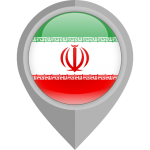
The city of Mashhad has enjoyed a high population growth in the last century. In the first official Iranian census in 1335, the city, with 241, 989 people, was the fourth most populous city in Iran after the cities of Tehran, Tabriz and Isfahan. According to the general census of population and housing in 1395, the population of Mashhad this year was over 3, 001, 184.
Population
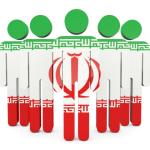
Due to its special geographical location in the border area between the north and the south of Khorasan, as well as various climatic fronts, Mashhad has its own climate and climatic characteristics. Mashhad has varied, but temperate, temperate climate, and is warm from summers and dry and wet and cold winters. The maximum temperature in summer is 43 degrees above zero, and its minimum in winter is 23 degrees below zero.
Weather

Gallery


